It’s celebration time for Sonic Youth. In the past months, members of the legendary New York rock band have been presenting a series of mini films throughout America to mark the 30th anniversary of Daydream Nation, and now the unseen footage is ready to hit UK cinemas. “We are looking forward to the Glasgow Film Festival (on 23rd February, NdR) where we are going to show for the first time in its entirety, the concert-documentary shot by Lance Bangs in Scotland,” says Sonic Youth’s drummer Steve Shelley. Filmed in 2007 with multi camera crew and recorded on multitrack audio, the movie sees the band performing from beginning to end their classic 1988 album.
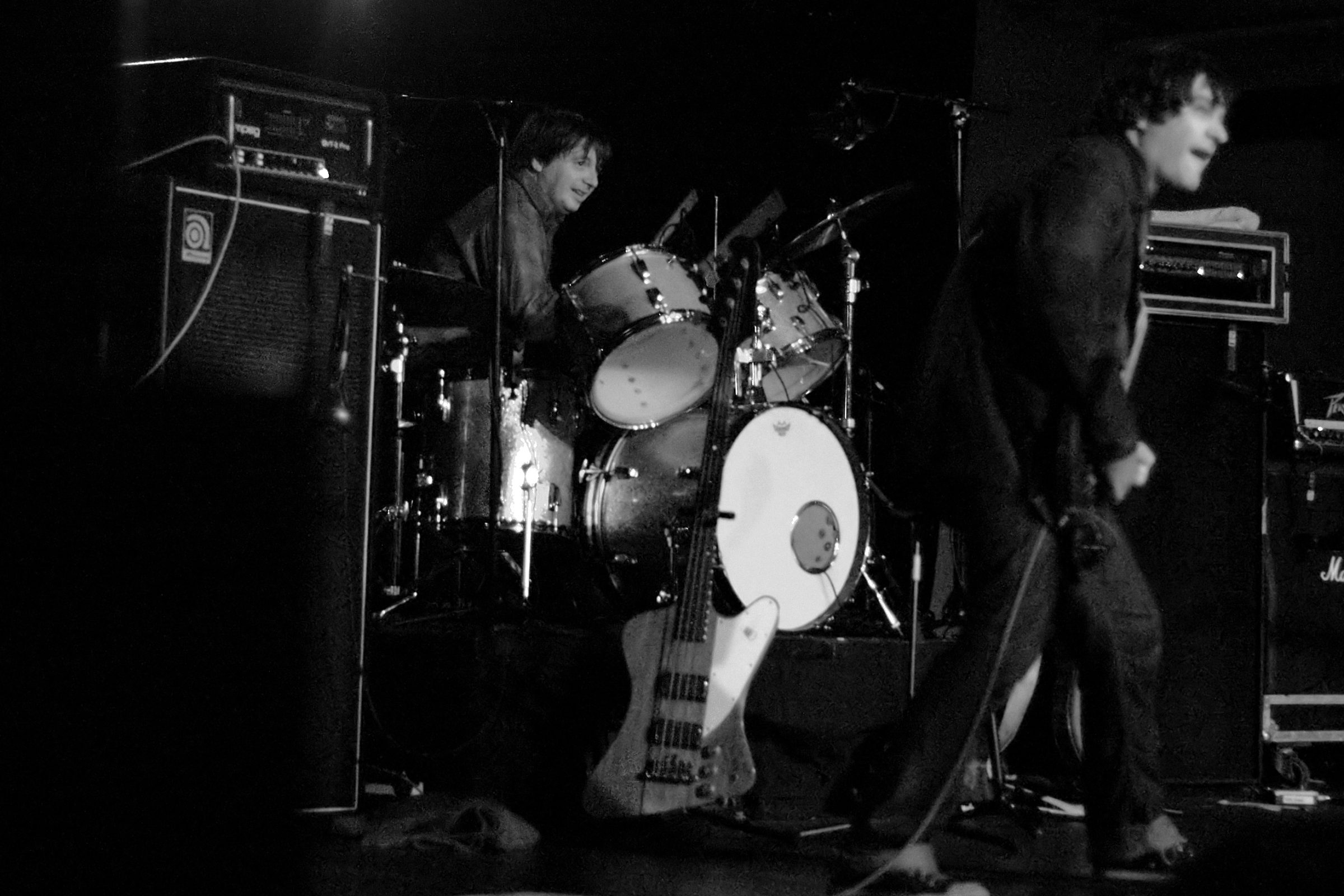
“Probably no fan or critic would agree,” adds the drummer, “but I thought we played much better then than 30 years ago. And it’s a nice performance indoor, it’s not a festival, so it captures very well the sound and the band.” The Daydream Nation mini films, which Shelley calls “a cinematic mixtape of the band”, also include extracts from the rare documentary on New York avant-garde art and music scene Put Blood In The Music (1988) and On Rust, which features the band’s early performances on Dutch TV.
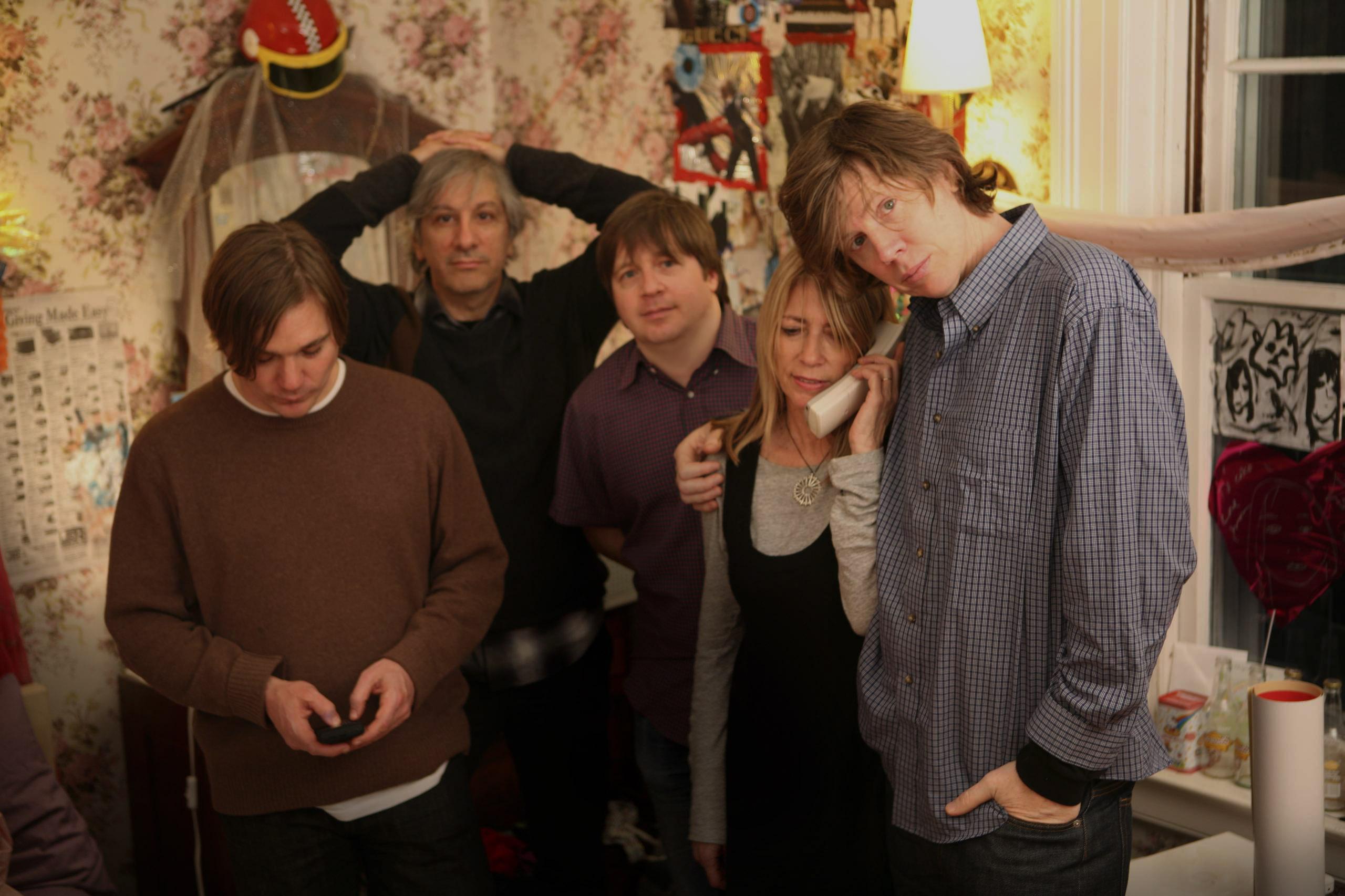
CINEMA TOUR “There’s so much I’ve forgotten about those days and because every night we would have somebody different as guest after the screenings, it was fun to notice how everyone remembered things. For example, when we played a gig in Moscow in 1989, I remembered it as a total mess, one of the worst nights ever on stage when I was just trying to keep my drum set together. But our friend Ray Farrell, who was with us on tour and came to the Los Angeles screening, had great memories of it and talked about the kgb people in the audience, the families of punk rockers and about things totally different from what we saw. A bit like a Kurosawa movie where everybody has a different point of view of the same story.”
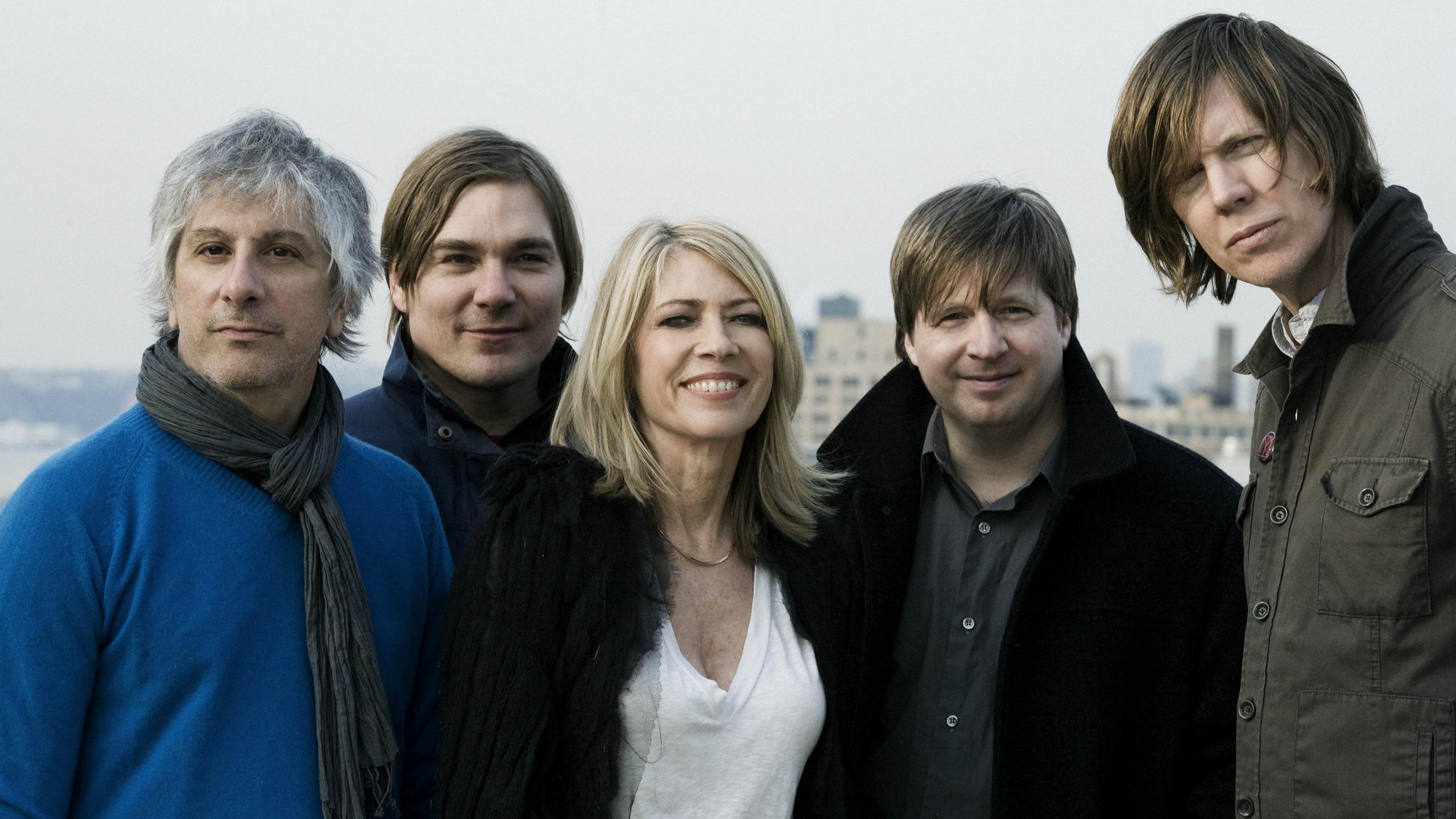
DON’T TAKE THE MONEY AND RUN! “When we were in Arizona, weeks ago, we preface the movie with a little video clip of the band in Tucson from 1986, where we played a club in there. So we remembered that at the end of the show, the club owner had a gun on his desk and no intention to pay us. It was really funny now to think of it: you see the film and you’re just flabbergasted. But not so funny back then, I mean, when something like that happens and you are on the road with hotels, gas and food to pay, what do you do? It’s not always rock and roll dreams.”
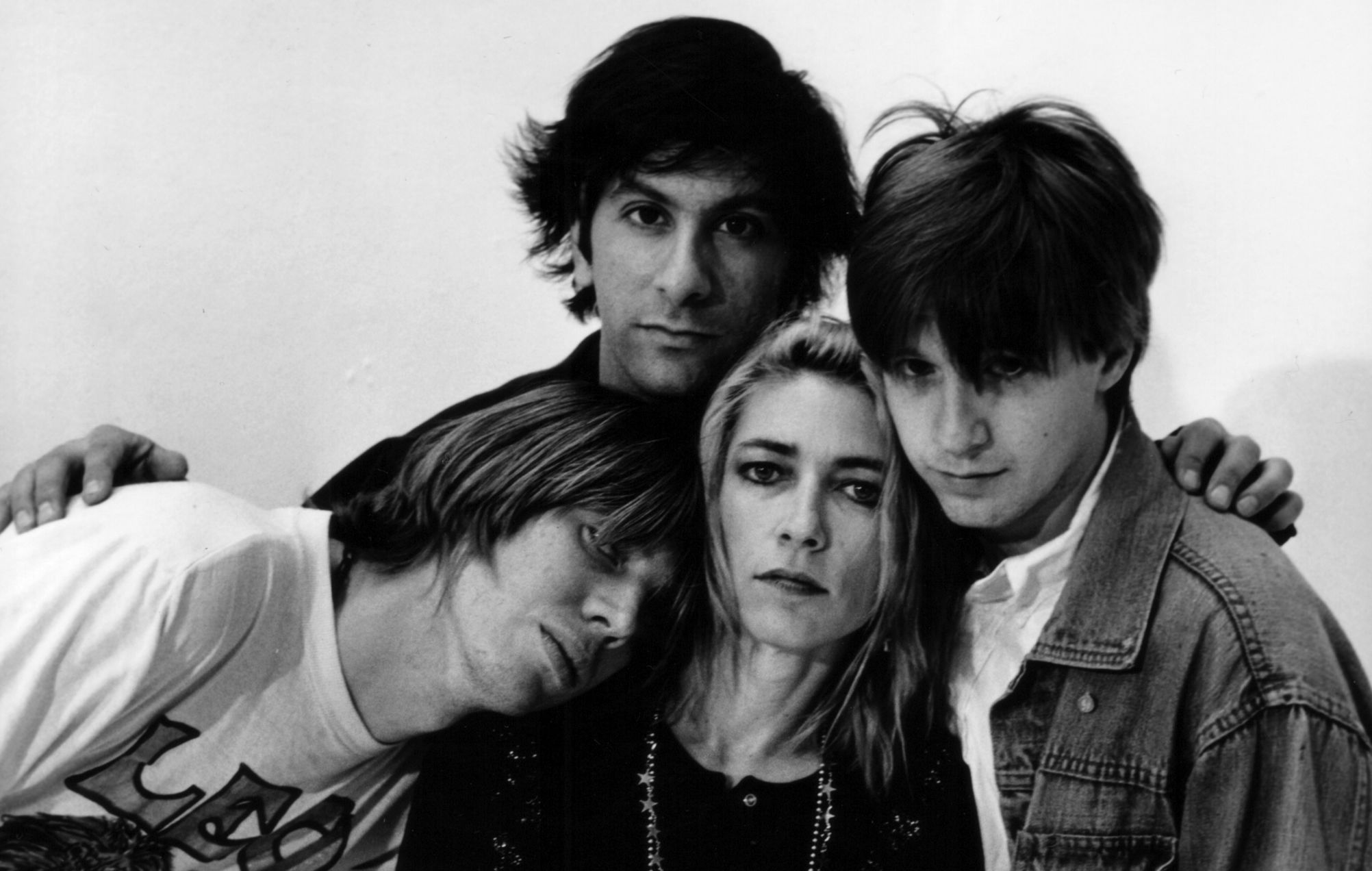
DAYDREAM NATION “I first joined the band in 1985 and soon after we made Evol and Sister and did a lot of touring; we spent a lot of time together. So by the time of Daydream we had a unified purpose, we just wanted to make great records. At that point we had not even been mentioned in Rolling Stone, we were extremely underground and that was all just beginning to change: Daydream got us loads of press and people talking about us and major labels start calling. So the challenge was to work with a major and keep on making your magic, none of us wanted to create disposable pop music.”
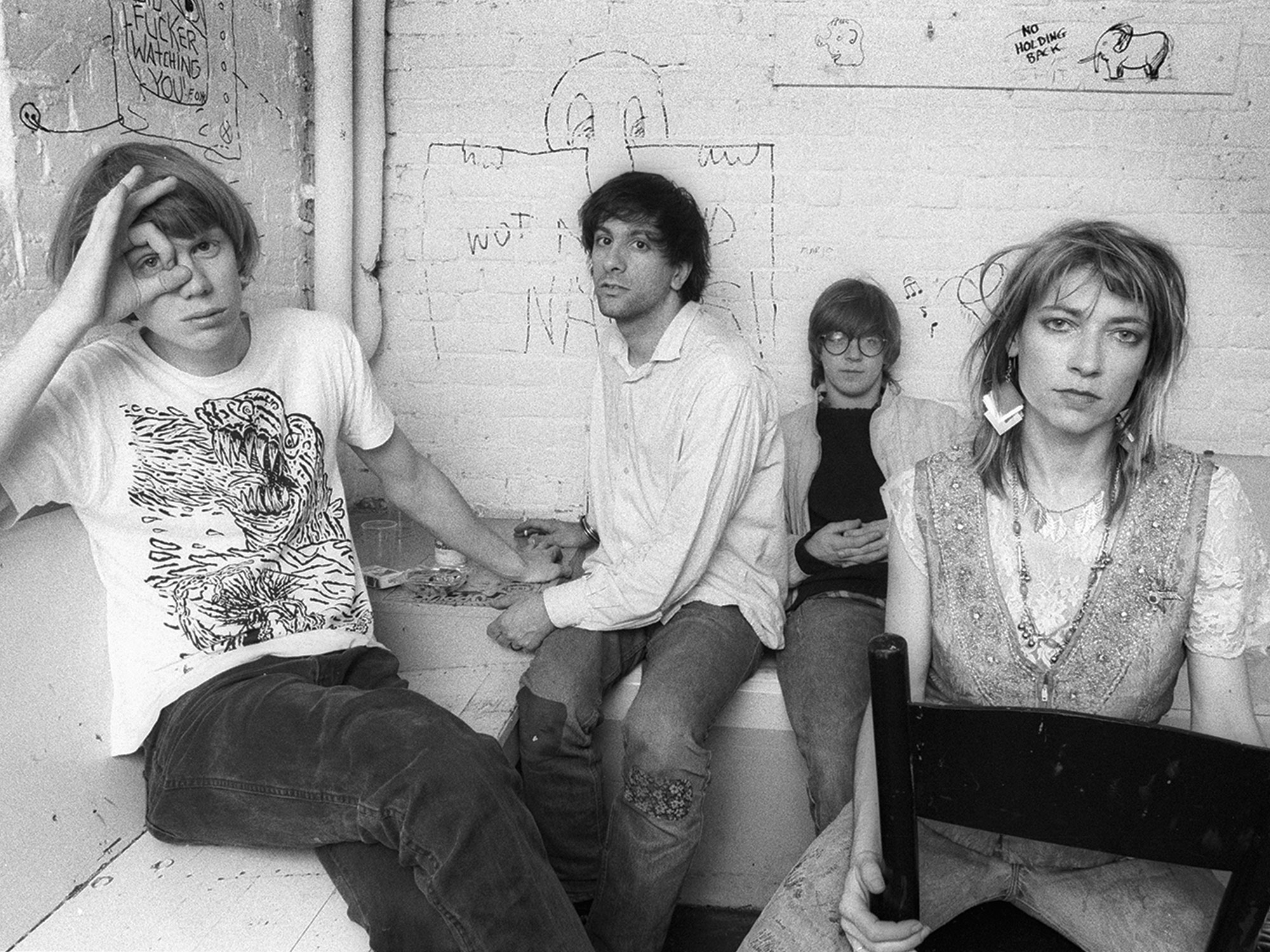
WHAT MEANING? “I remember we just picked a title that everyone would agree on, without thinking too much about it, Daydream Nation. I like it when there isn’t a strict definition or way to interpret a title or a song because you are left to wonder and keeps you engaged with the music you love. At least those are always my favorite lyrics when I’m left wondering: what did Neil Young mean in the lyrics he wrote in 1969?!”
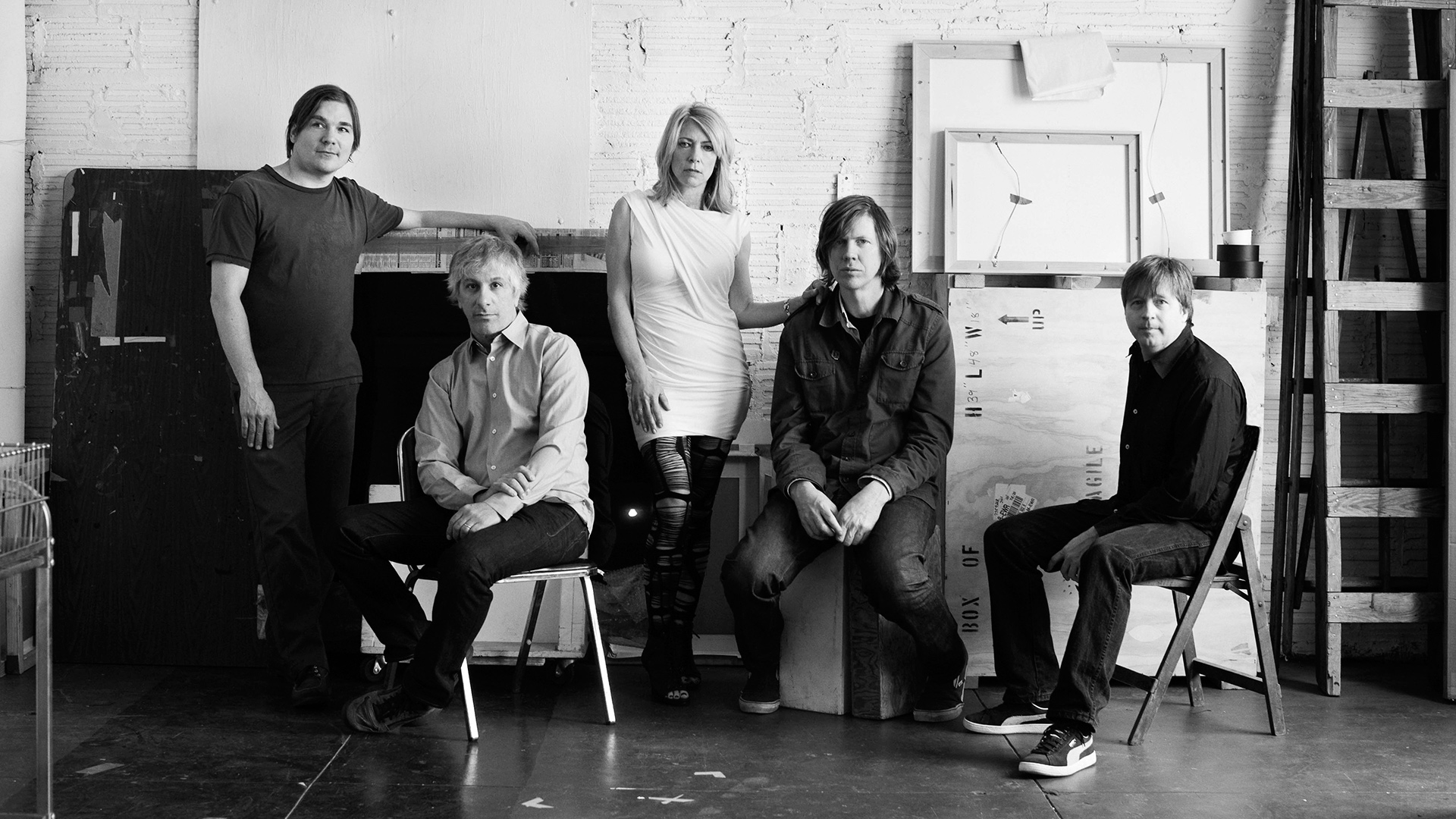
HOW TO BECOME A LEGEND “The best we were hoping for was making music that all four of us liked. We never made a double record before, we thought it was really pretentious so in a way with Daydream we were making fun of ourselves and so we started to play around with the artwork and give every side of the record a symbol, kind of like Led Zeppelin with ZoSo. We thought: who are we to put ourselves in the same league as Emerson, Lake and Palmer or Yes or Led Zeppelin? That was our attitude back then, like, we’re just this little underground band.”
- Watch the 30 Years of Daydream Nation screening:





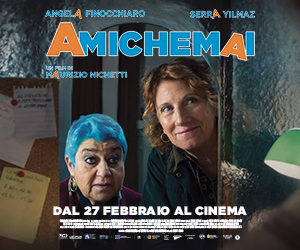


Leave a Comment